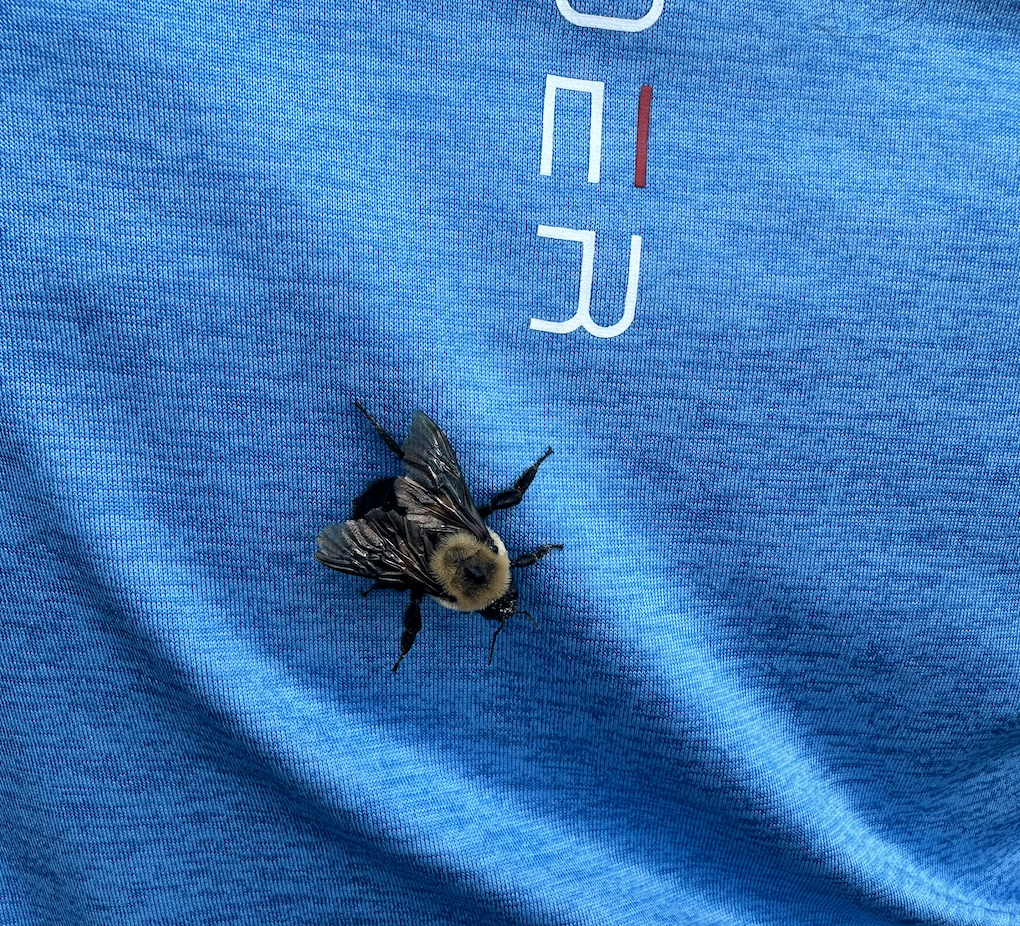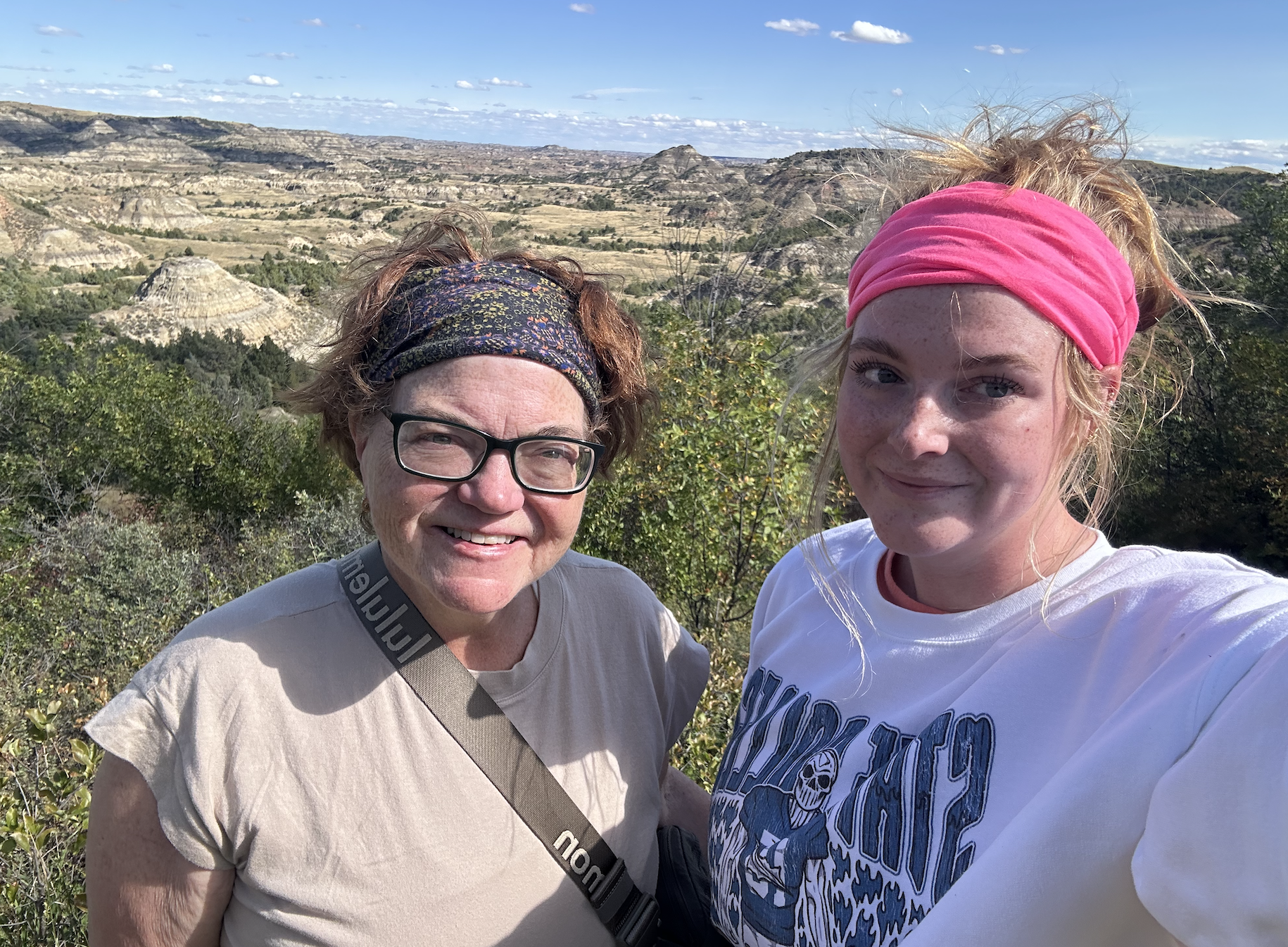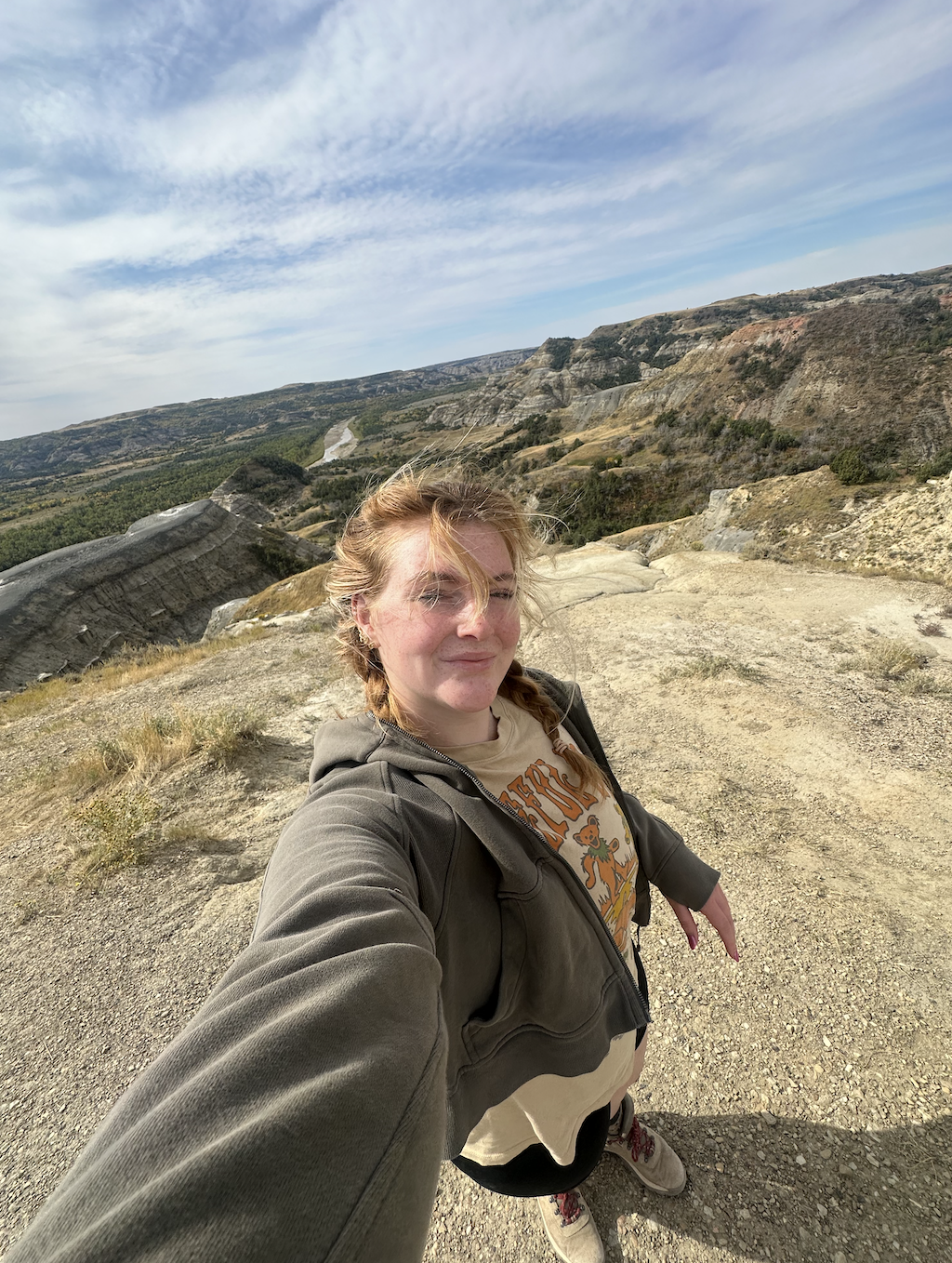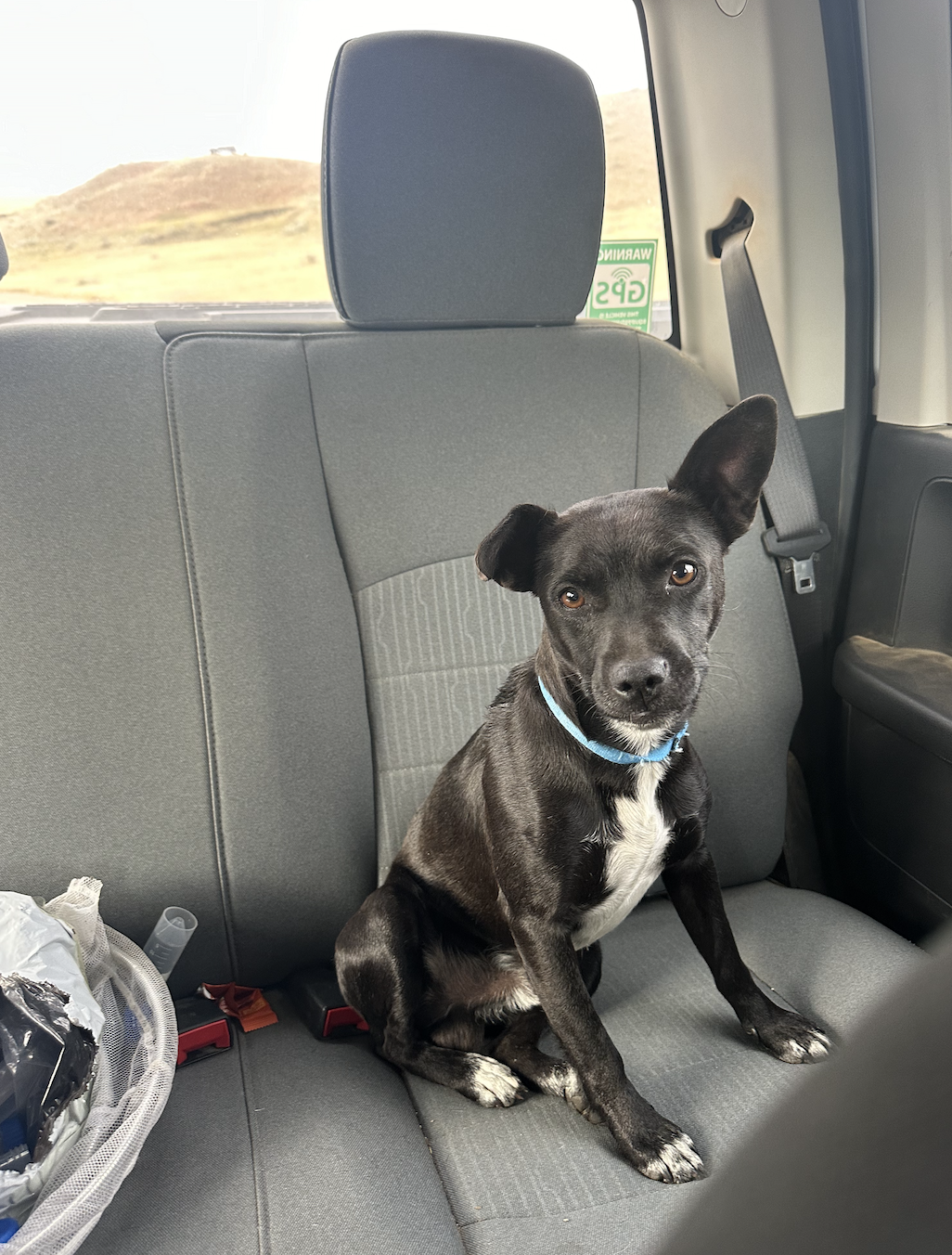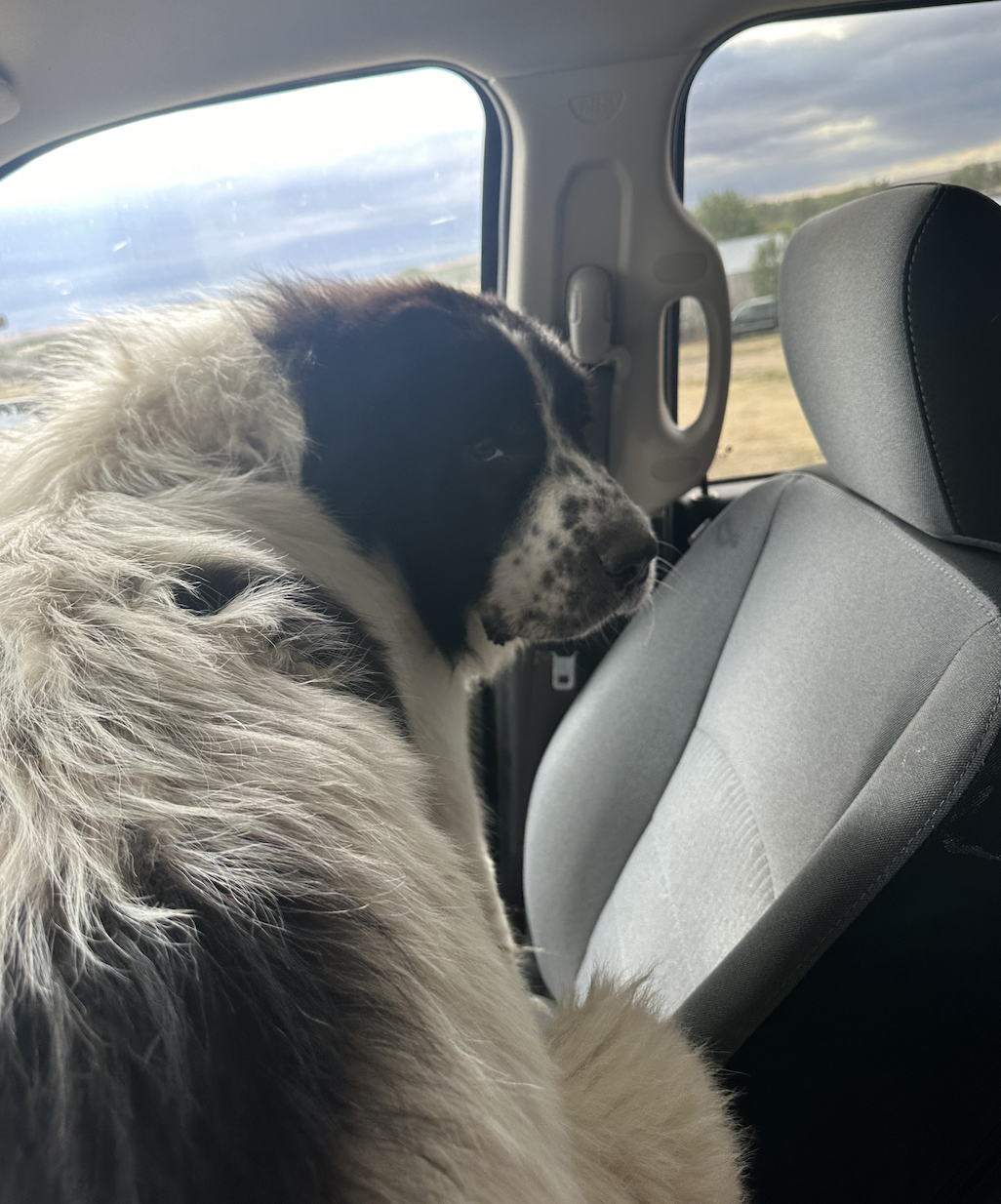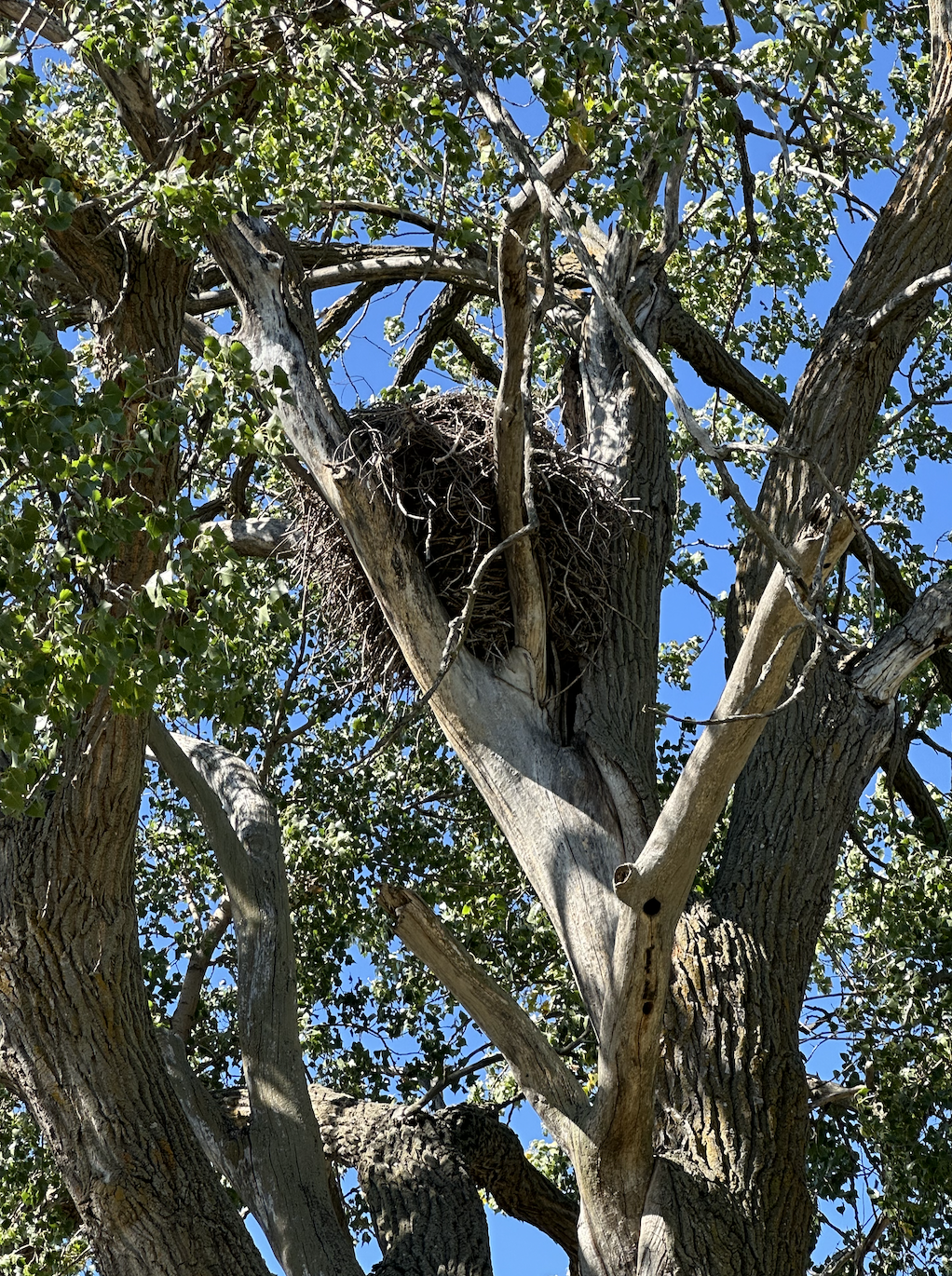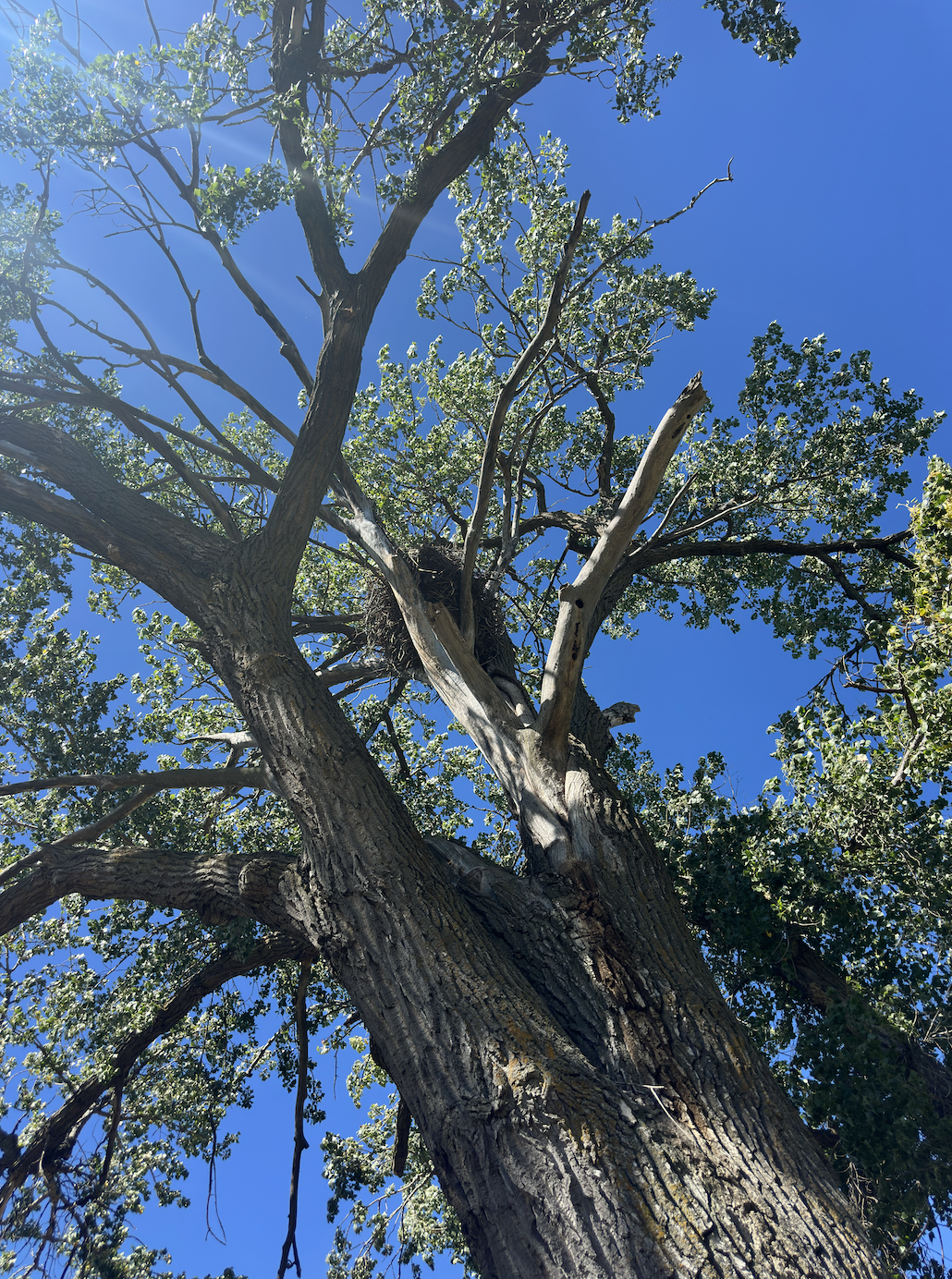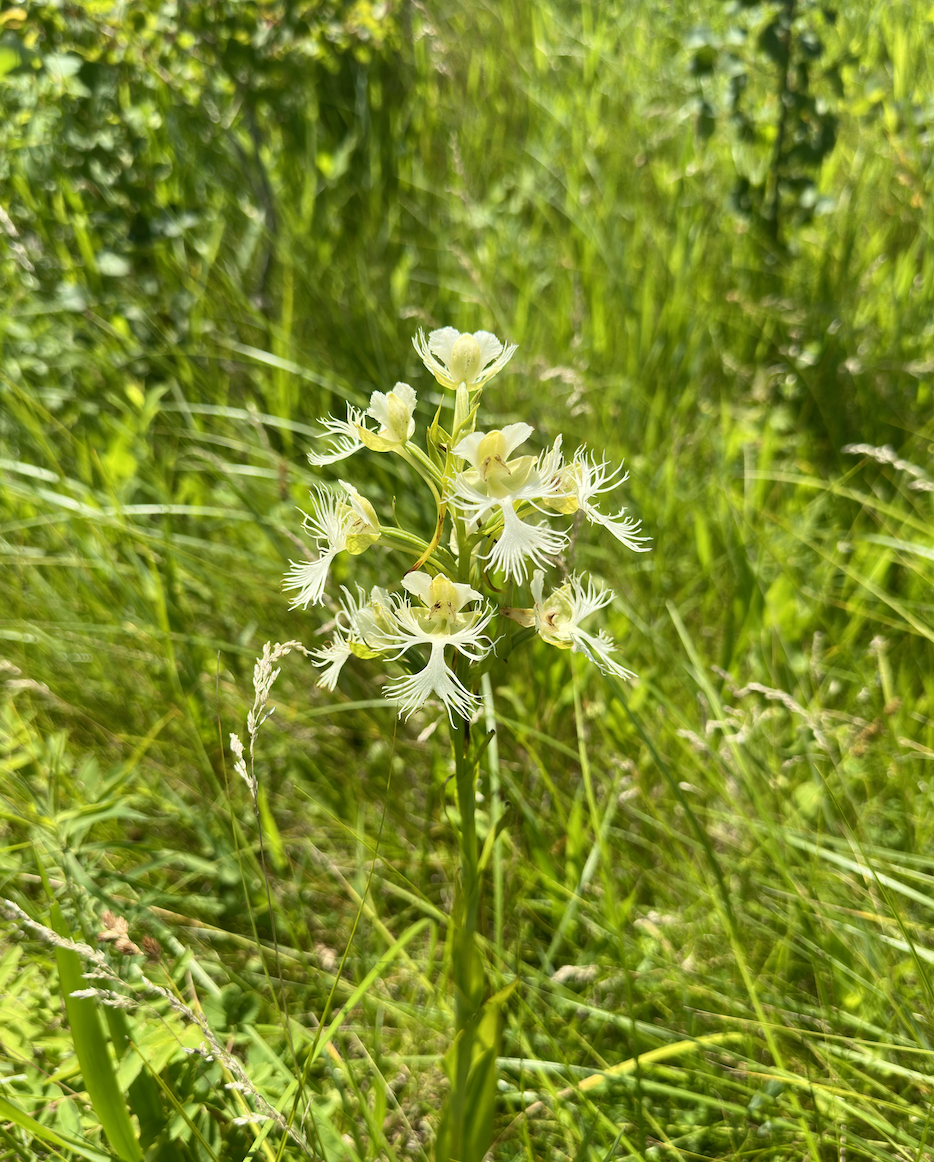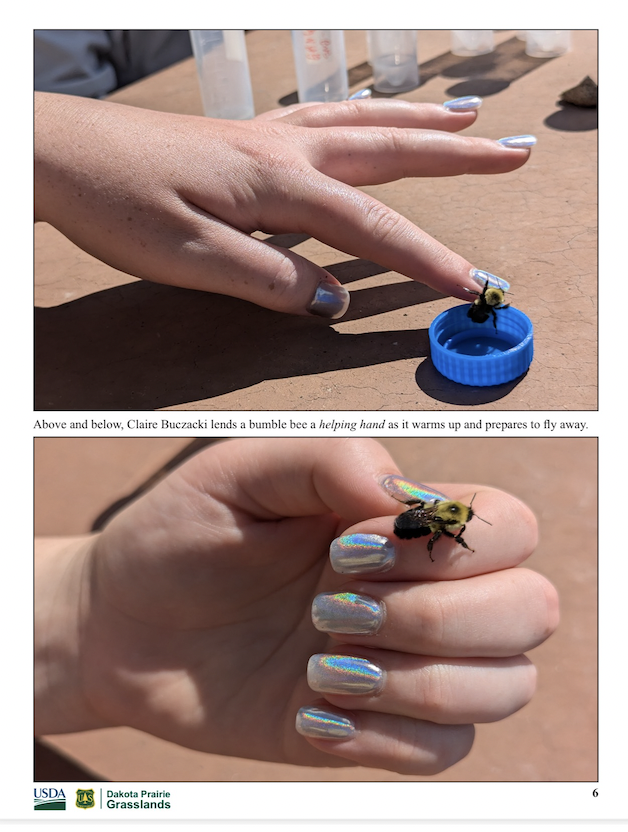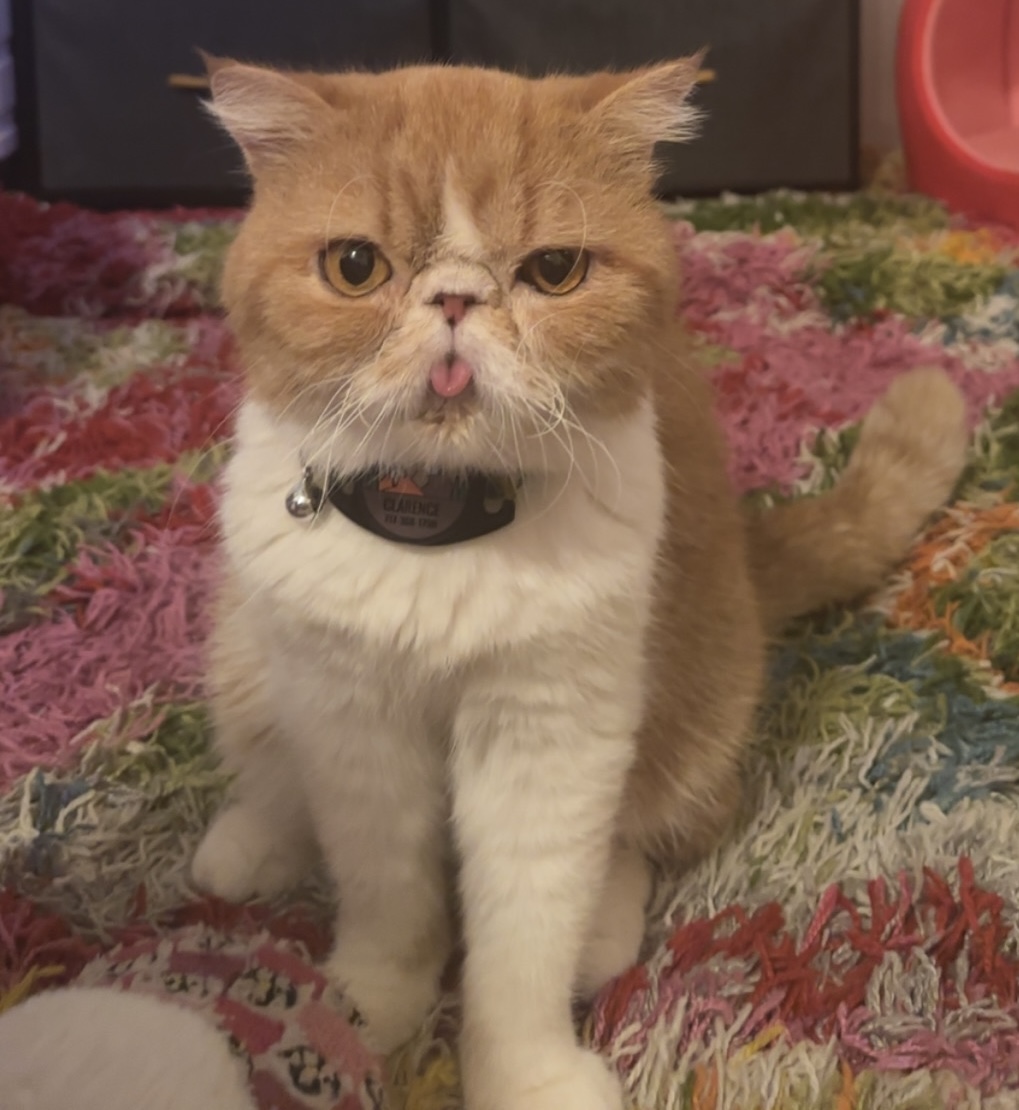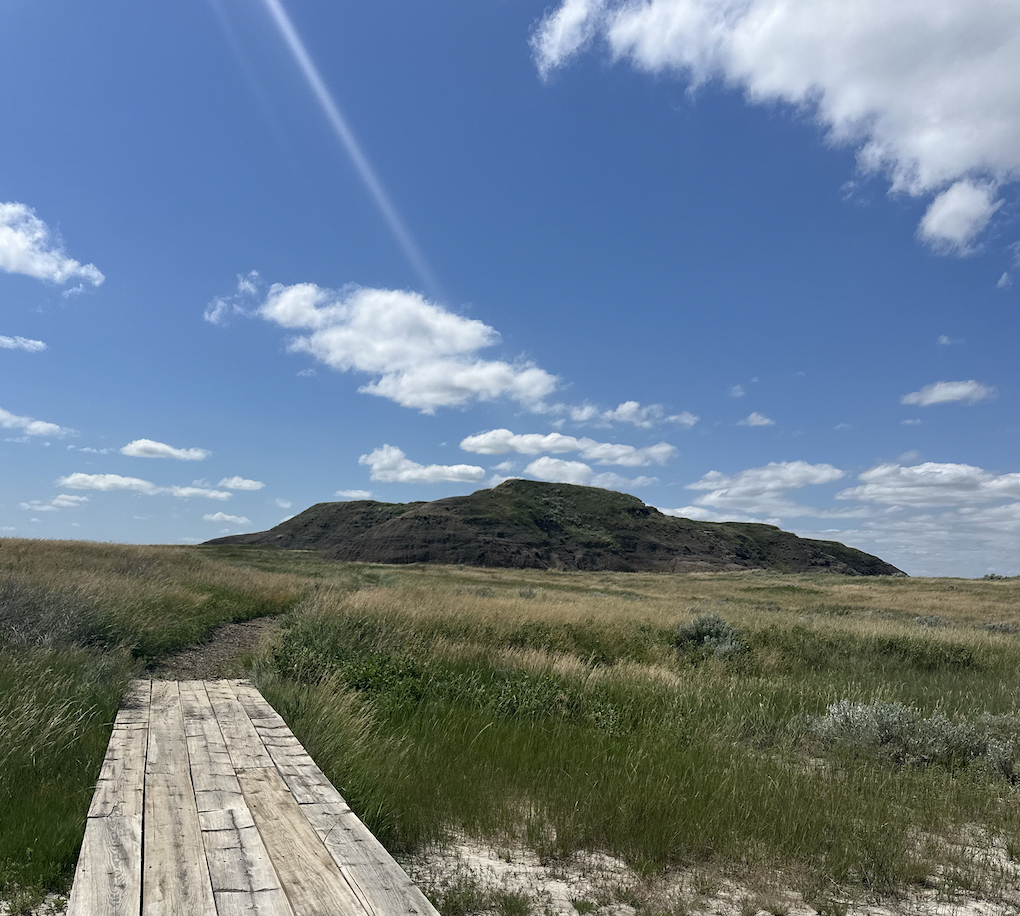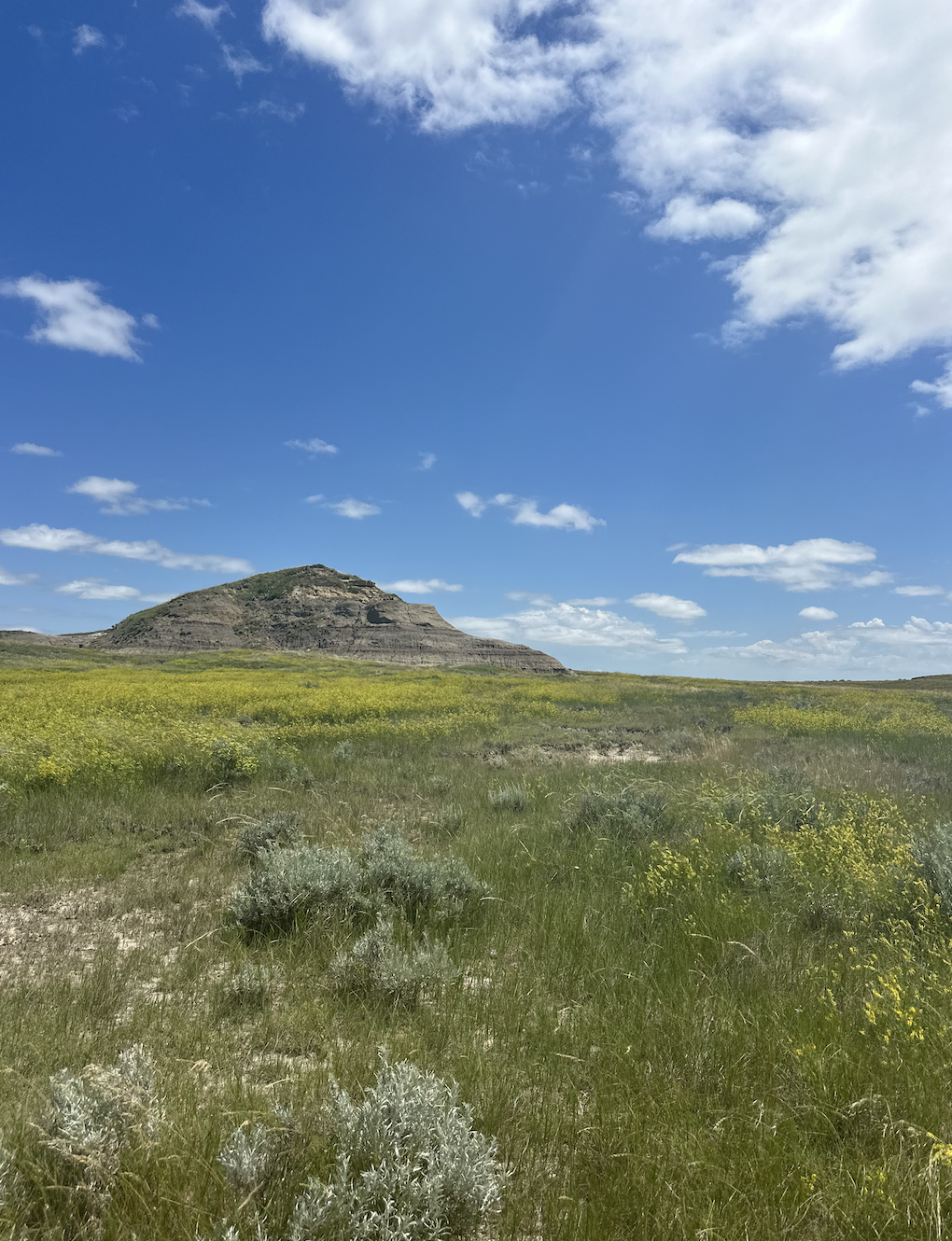This August has been a great month. We have been keeping up with our Swift Fox Trail Camera study, and while we have yet to catch a swift fox on there, we have seen some pretty goofy critters!
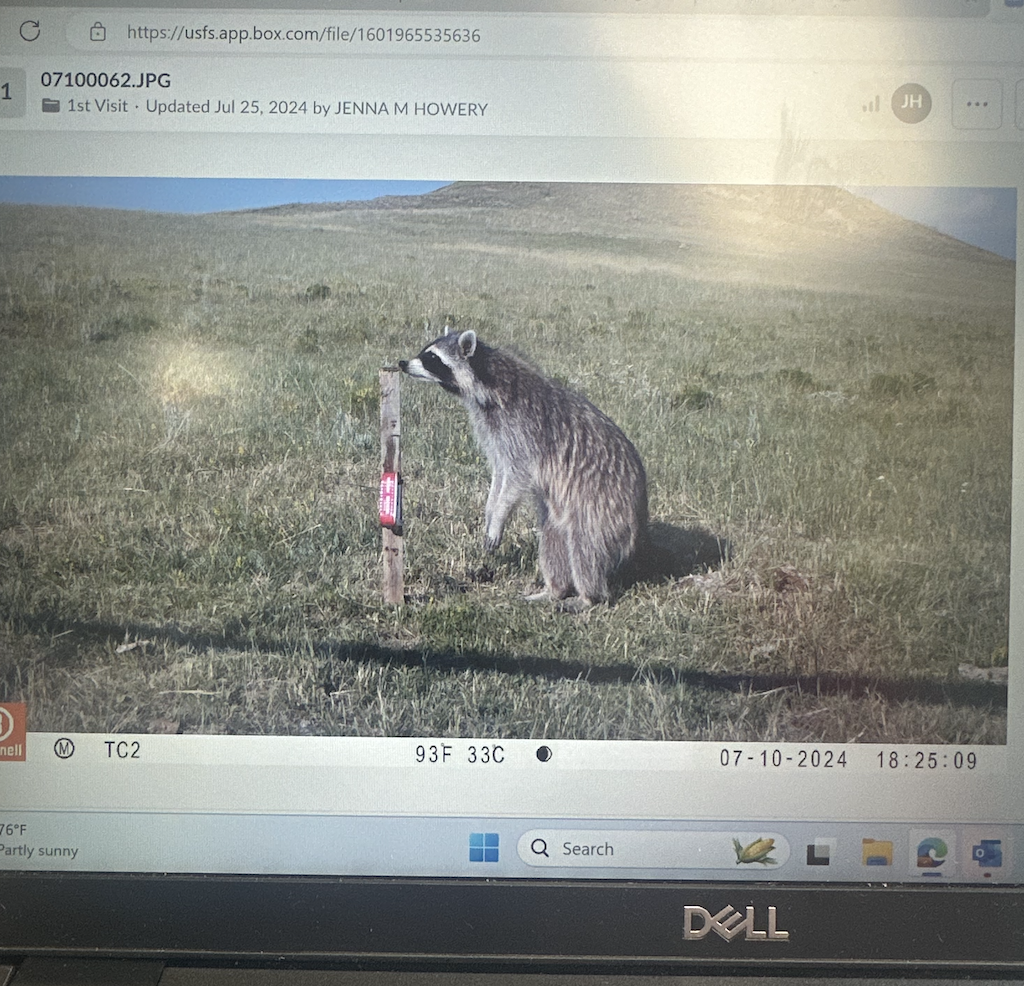
While this month has been full of many exciting excursions, the highlight of my August was surveying sensitive species. The sensitive species, that were last surveyed in 2005, are the Dakota Buckwheat (Eriogonum visheri) and Smooth Goosefoot (Chenopodium subglabrum). We set out early one morning to survey one of the sites where the Dakota Buckwheat had been observed years before. We visited all of the past points and were even able to find new points that we added to the map. The Dakota Buckwheat is found on formations called Hell Creek which is also where dinosaur bones are commonly found. The growth of the buckwheat is dependent on the weather each year, so once we upload our current findings, it will be interesting to compare the growth and weather from 2005 to now. Right now it can be difficult to spot this plant because it is quite small, but as time progresses the buckwheat will turn red and be much easier to see.
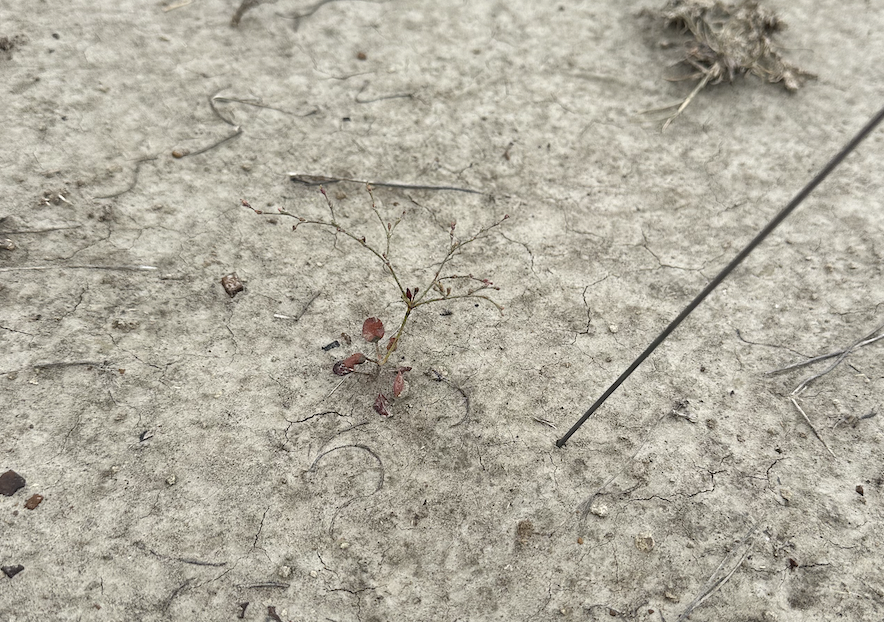
When we were finished at the Dakota buckwheat site, we set off to look for the smooth goosefoot. Smooth goosefoot grows in loose sandy soils, but I was not expecting to find a sand dune in the grasslands.
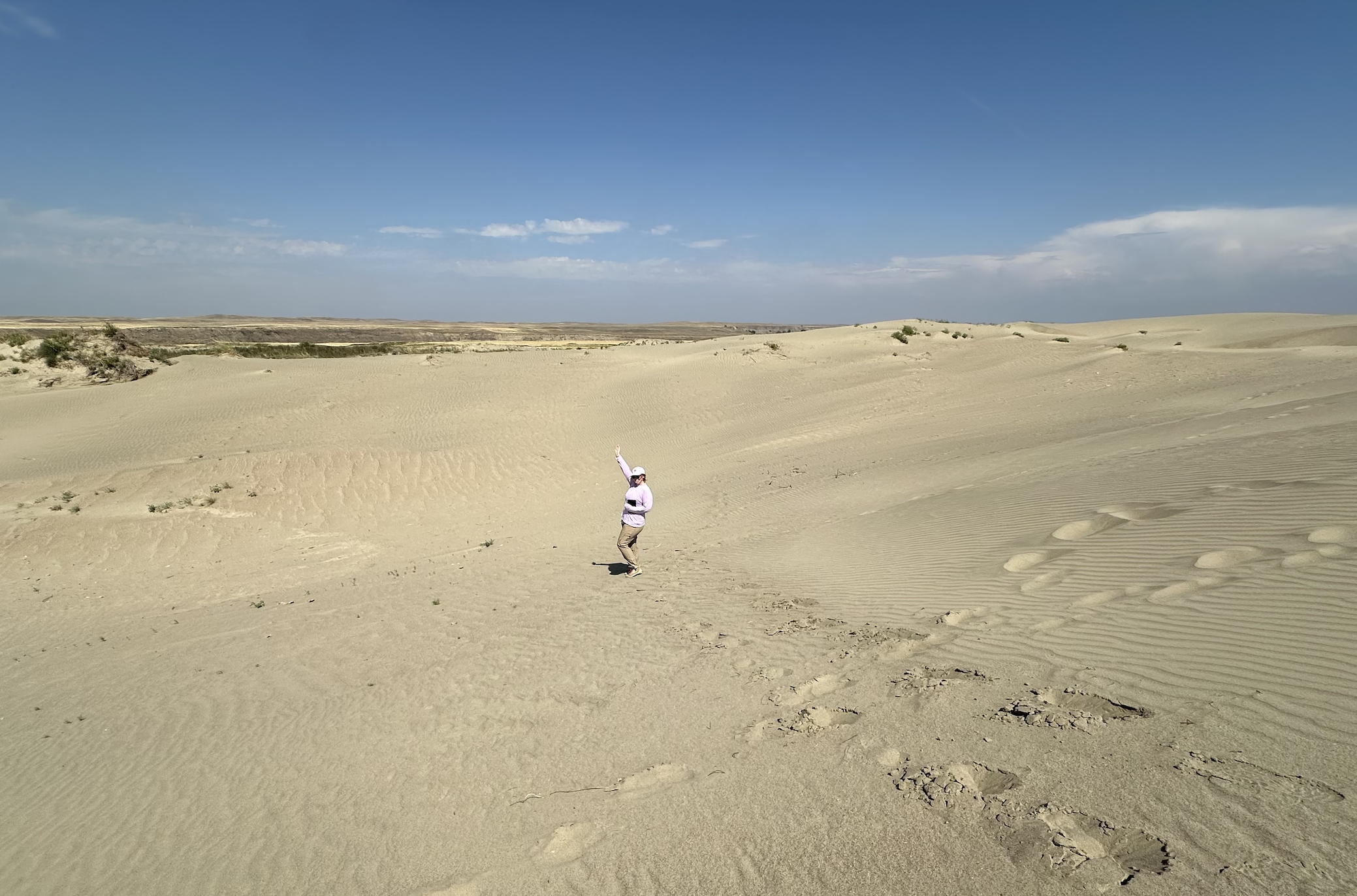
I have never seen a sand dune in real life before so exploring it and seeing the plants that grow in these conditions was a neat experience. Although we visited all of the previous points, we were not able to find the smooth goosefoot this time. I am excited to find the smooth goosefoot on our future trips and visit more sand dunes!
As the Fall season approaches, our Bumble Bee Atlas surveys will be coming to an end. We visited the Cedar River to complete some surveys and found some pretty neat bees. We still have one more survey we need to complete on the Cedar River and will hopefully complete a few more additional surveys. This has been one of my favorite activities while being here so far since I have not had much experience with bees. I can’t believe we are already halfway through this internship, but I am excited for Fall and the new adventures and experiences it will bring!
